Southeast University architects created a series of skeleton concrete structures using 3D-printed formworks as a digital take on 19th-century French structural rationalism. Viollet-le-Duc, the father of material-driven design, developed the paradigm of finding the ideal forms for specific materials to create buildings. The “material computation” movement of ICD Universität Stuttgart has recently revived this tradition, and the term “digital concrete” was coined at ETH Zürich.
Because additive manufacturing technology allows for the greatest degree of material distribution freedom, le-dream Duc’s may come true. Southeast University researchers discovered that 3D-printed formworks can precisely shape a cast-in-place concrete slab. The slab structure can be completely redesigned for maximum efficiency with unprecedented freedom. Concrete use can thus be significantly reduced for more environmentally friendly building construction. The unusual skeleton shape is reminiscent of Le-famous Duc’s structural drawings.
Webone, the first prototype, demonstrates a method for building biomimetic slab structures. Most animals’ bodies are efficiently supported by a lightweight skeleton that also houses blood vessels and other organs. Webone is a multi-functional modular concrete slab system comprised of skeleton concrete members created by incorporating complex 3D-printed formwork into traditional cast-in-place concrete.
Nervi’s Gatti wool factory slab demonstrates the lines of principal bending moments, demonstrating le-principle Duc’s of articulation. Webone connects the skeleton network to the slab structure’s main stress lines. Each member’s diameter is proportional to its tensile/compressive stress. Before pouring concrete, each member contains special spacers to secure rebars along its central axis.
“Based on Nervi’s method, we try to boost the skeleton’s structural strength and simultaneously use its void parts to contain building services like airducts,” said ZOU Yufei. In comparison with traditional beam slabs, webone reduces 30 percent of the concrete while maintaining equivalent structural performance. The new slab system provides insight into the development of low-carbon and sustainable concrete structures.
The 3DGS-Frame slab system uses 3D graphic statics to combine aesthetics with material efficiency of the concrete structure. The system’s topology and geometry can adapt to different spatial and loading conditions by using 3D-printed thermoplastic formworks and cast-in-place concrete.
Starting with a polyhedral skeleton of a cruciform arch, the design process investigates and compares various subdivision operations. Graphic statics generates compression-only polyframes. When using engineered concrete with high tensile strength (e.g., ECC or UHPC), no rebars are required inside the linear members. When compared to a conventional two-way slab, the optimal structural skeleton and member dimensions can save up to 60% of the concrete.
FDM and SLA printers are used to create the multi-piece mold. We tested various concrete mixtures to ensure that fresh concrete could flow into the complex interior of the skeleton mold while balancing concrete workability and strength.
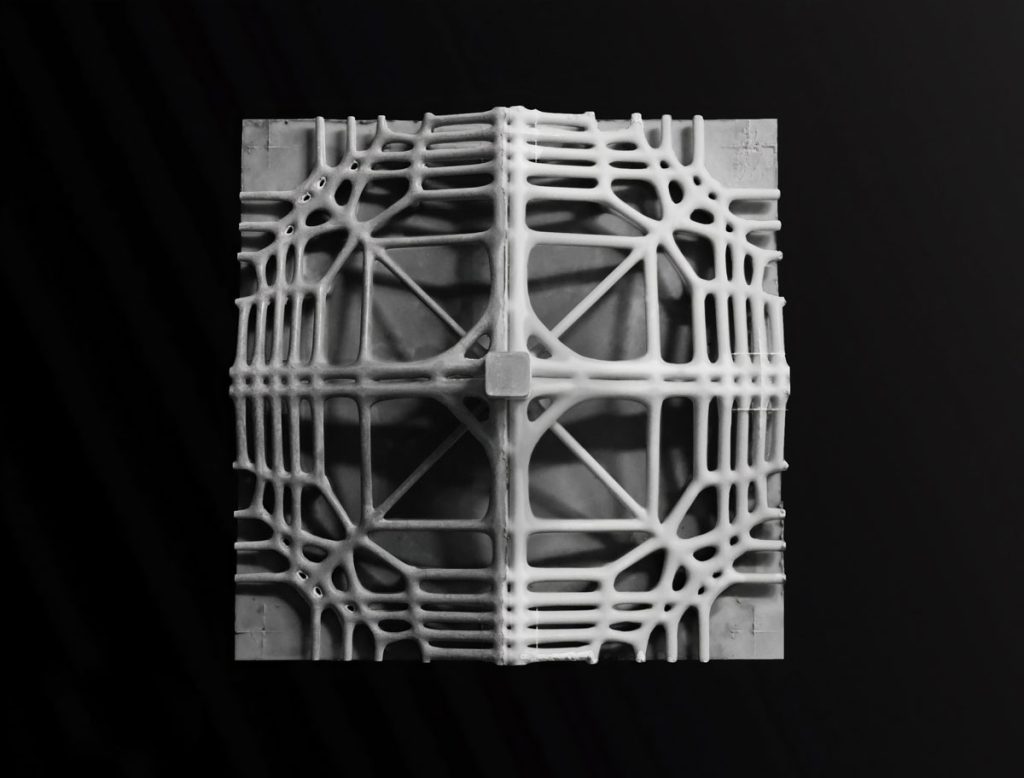
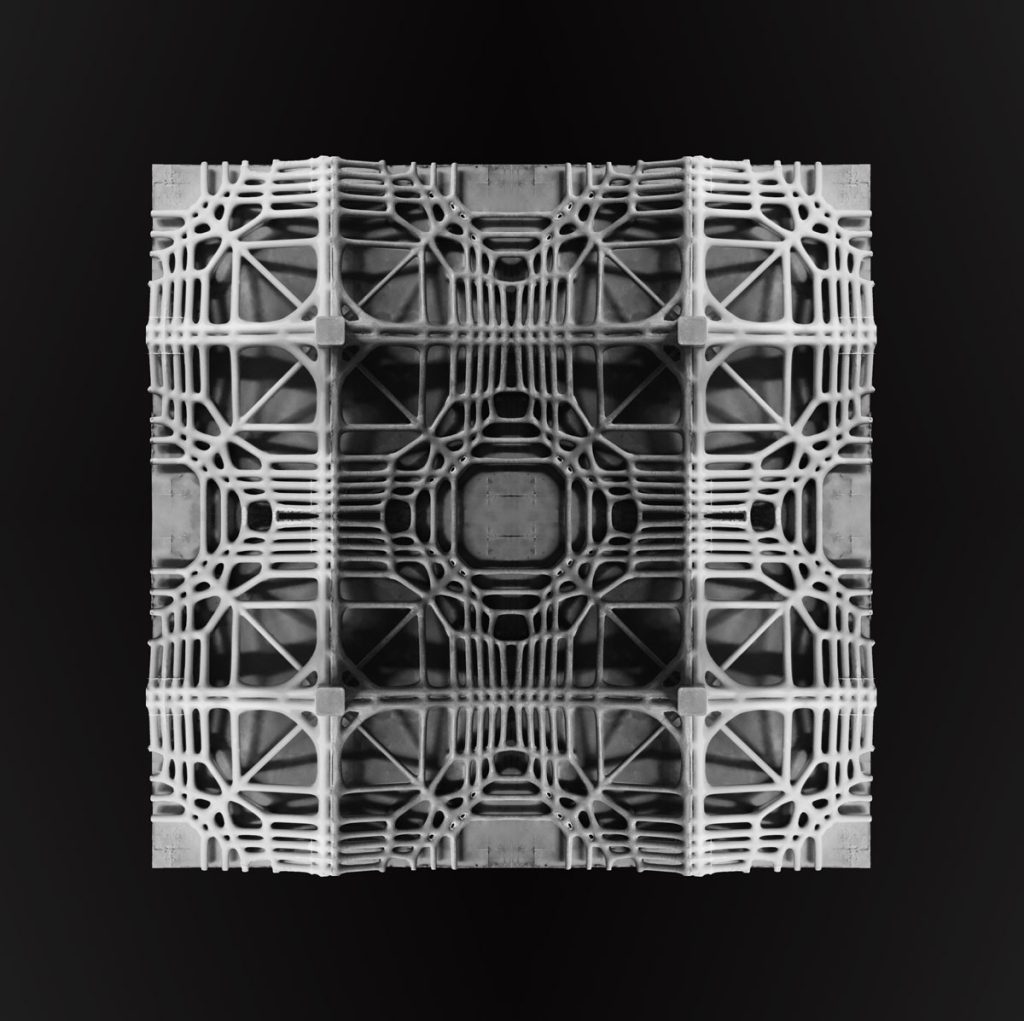
Project Info
DIGITAL CONCRETE Research Program
Webone: ZOU Yufei, CAI Jiepeng
3DGS–Frame: WU Wenxin, LIU Xinming
Director: Dr. Sc. HUA Hao
Institute of Architectural Algorithms & Applications
Southeast University
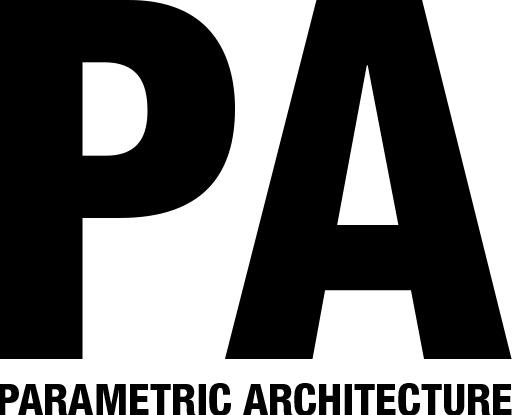



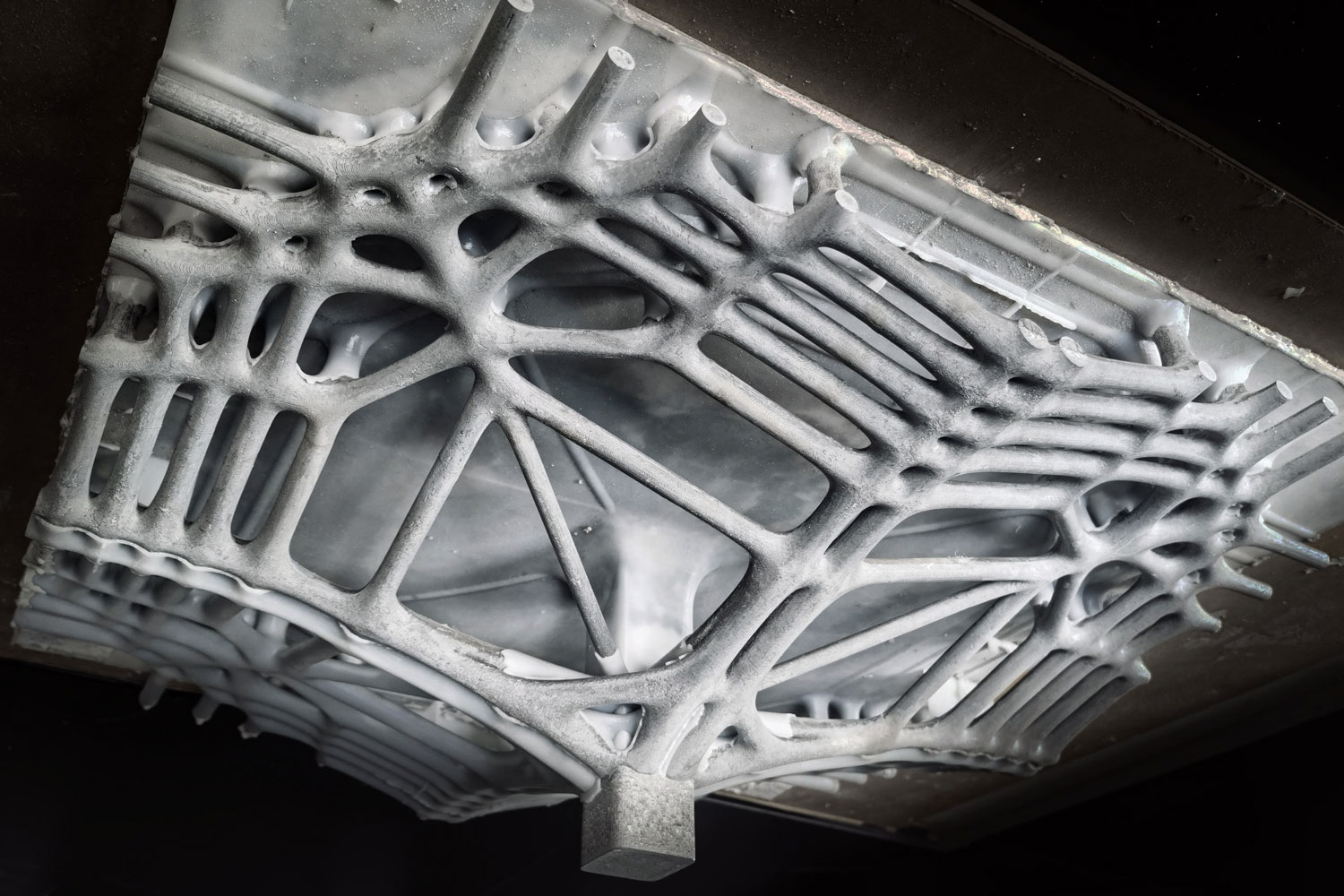
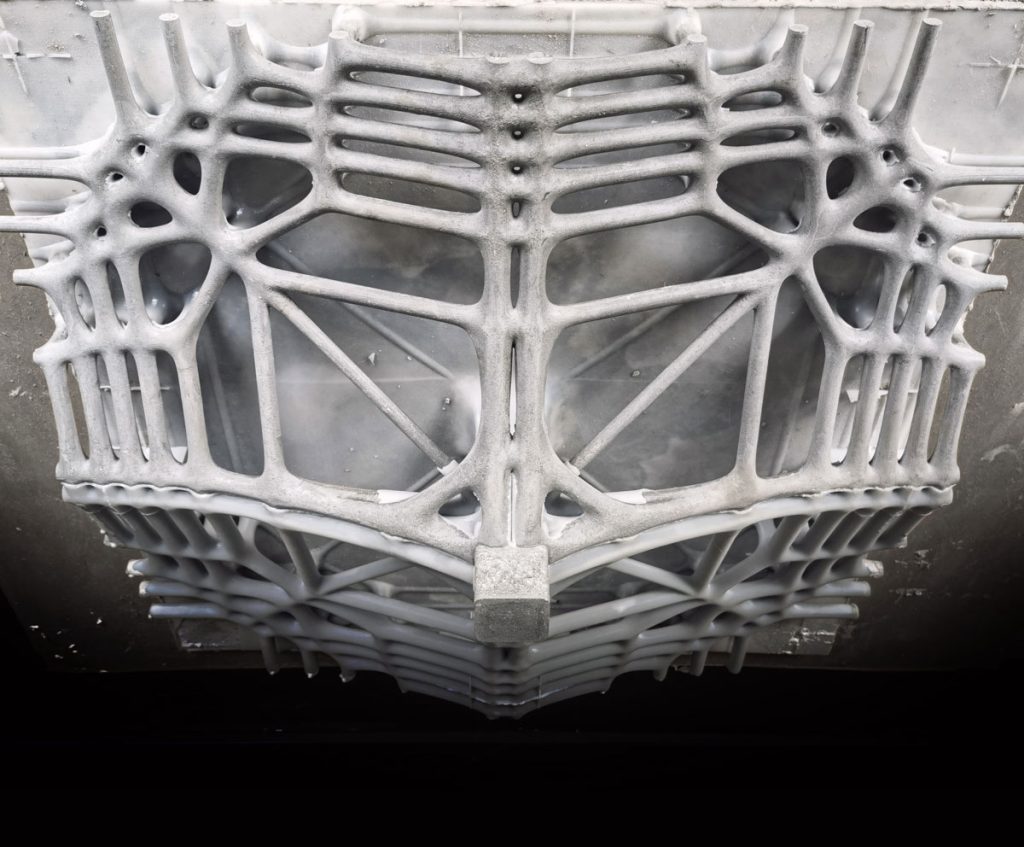
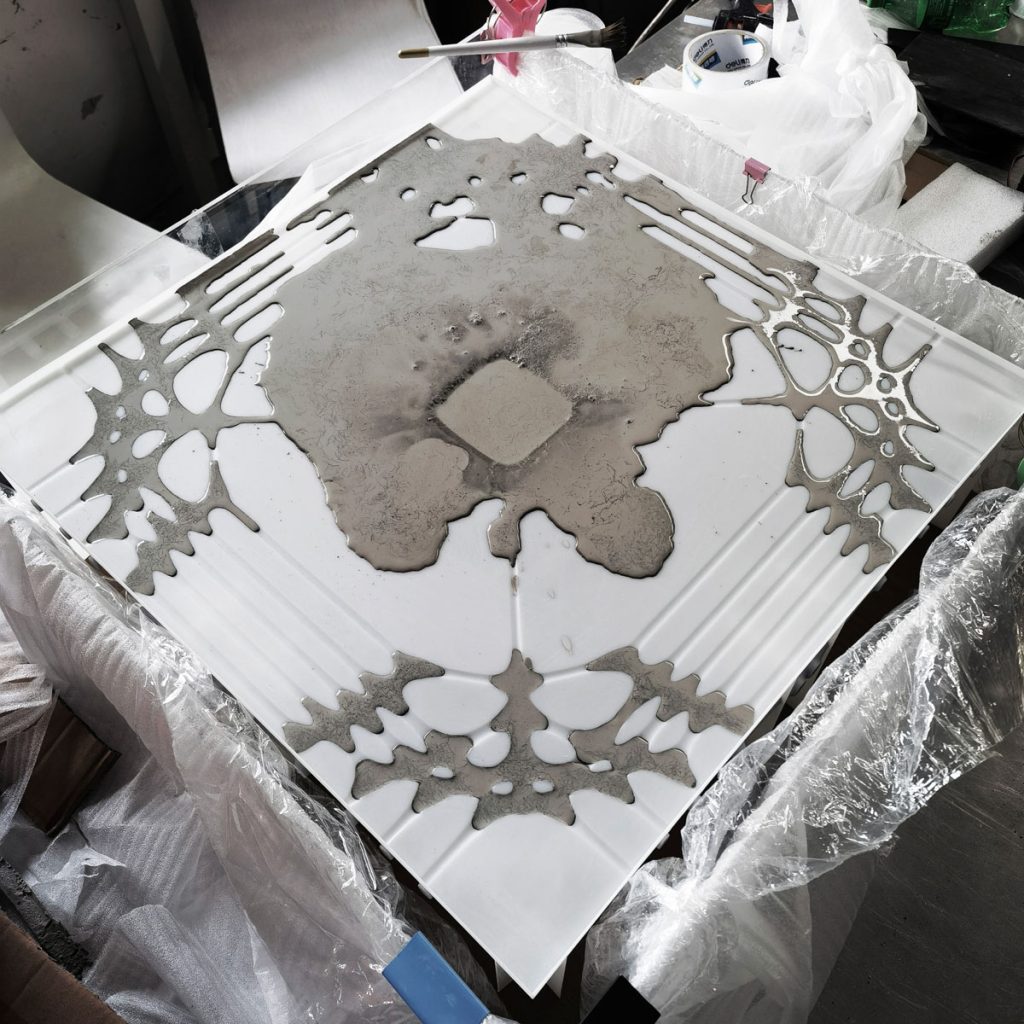
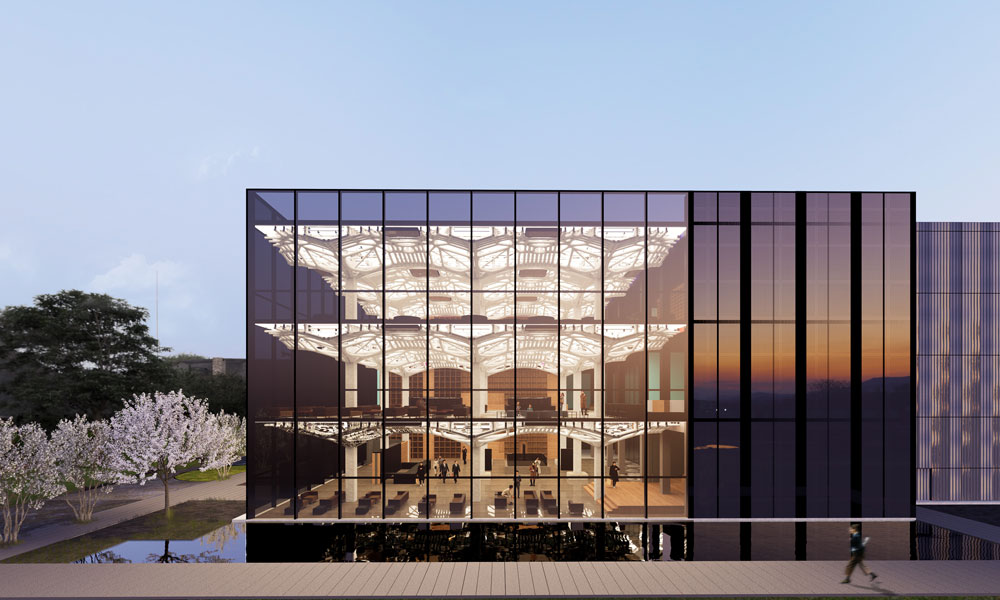

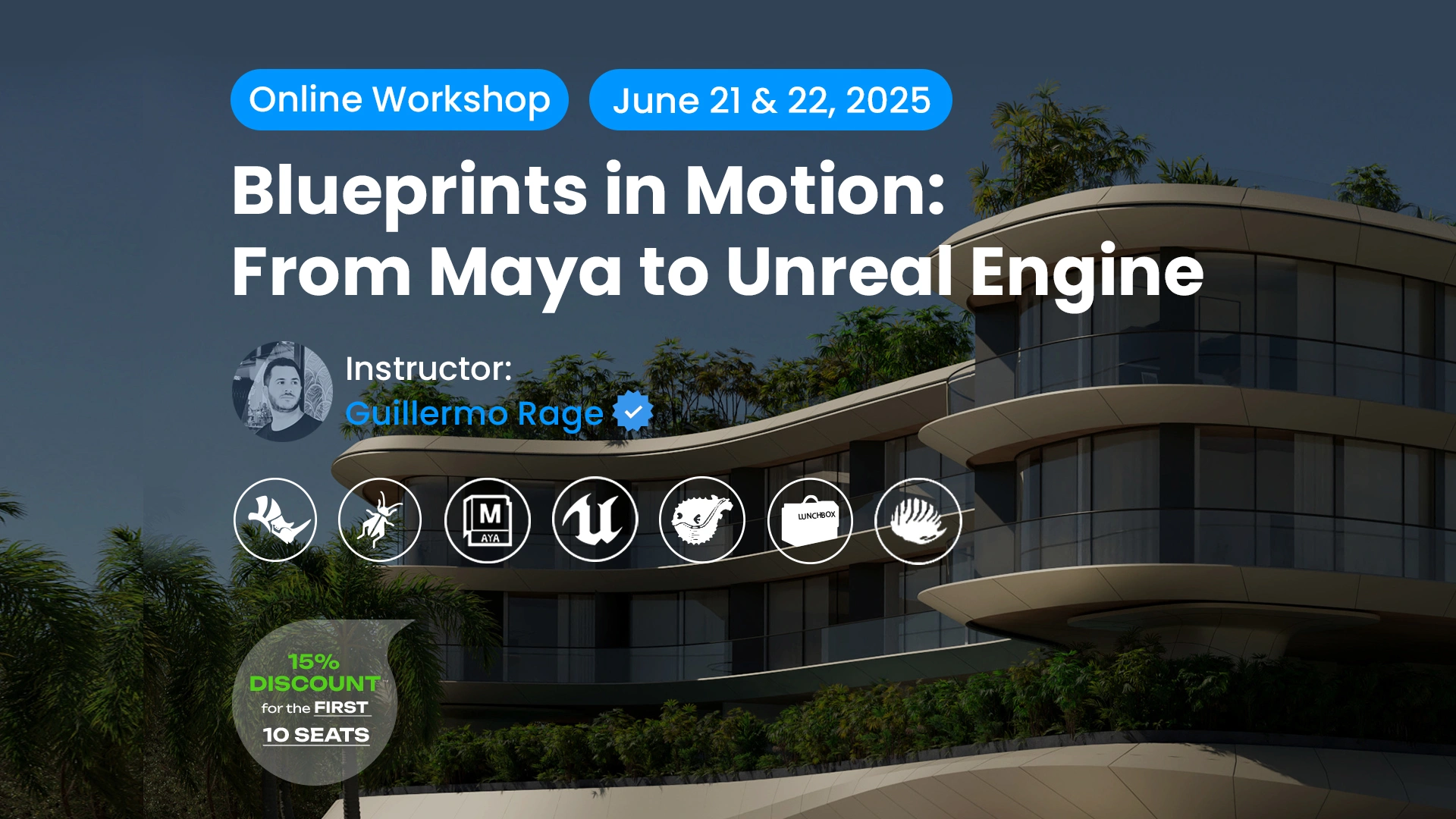


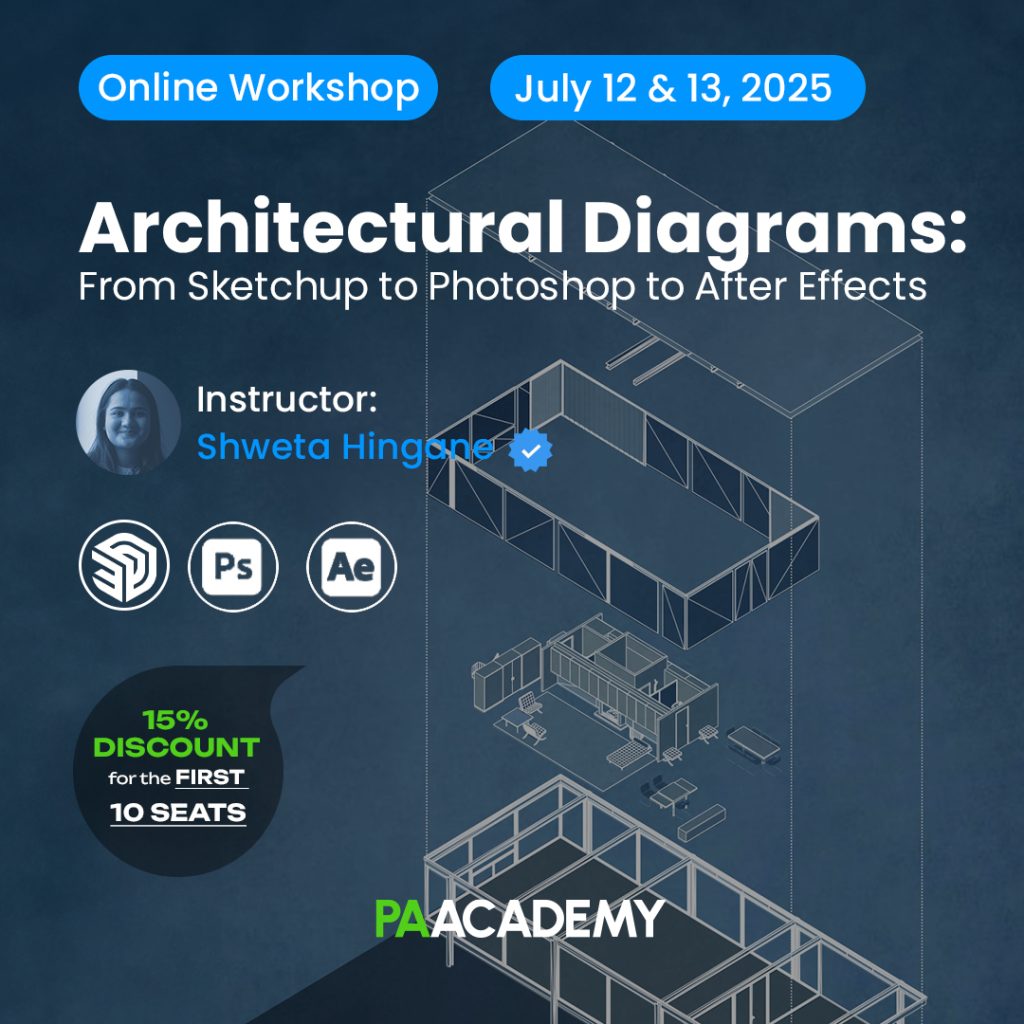








Leave a comment